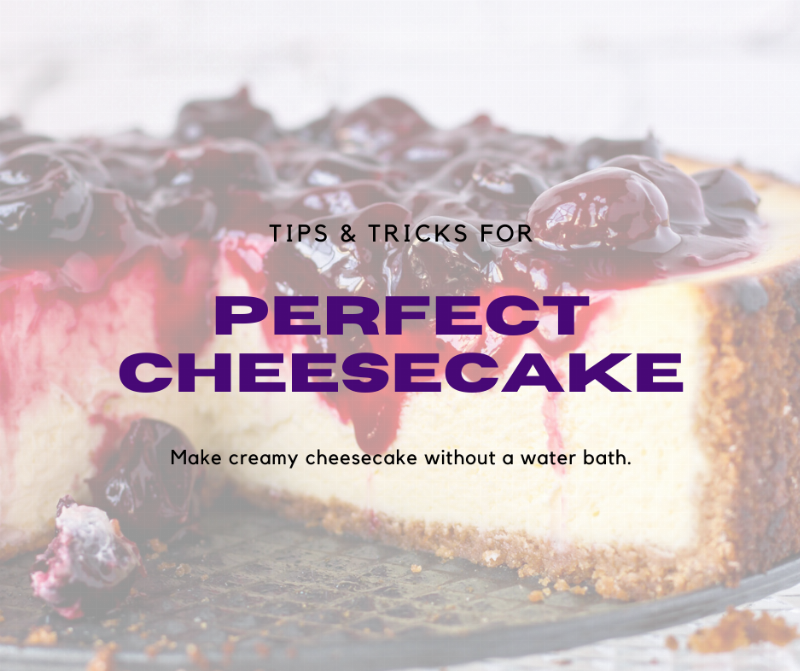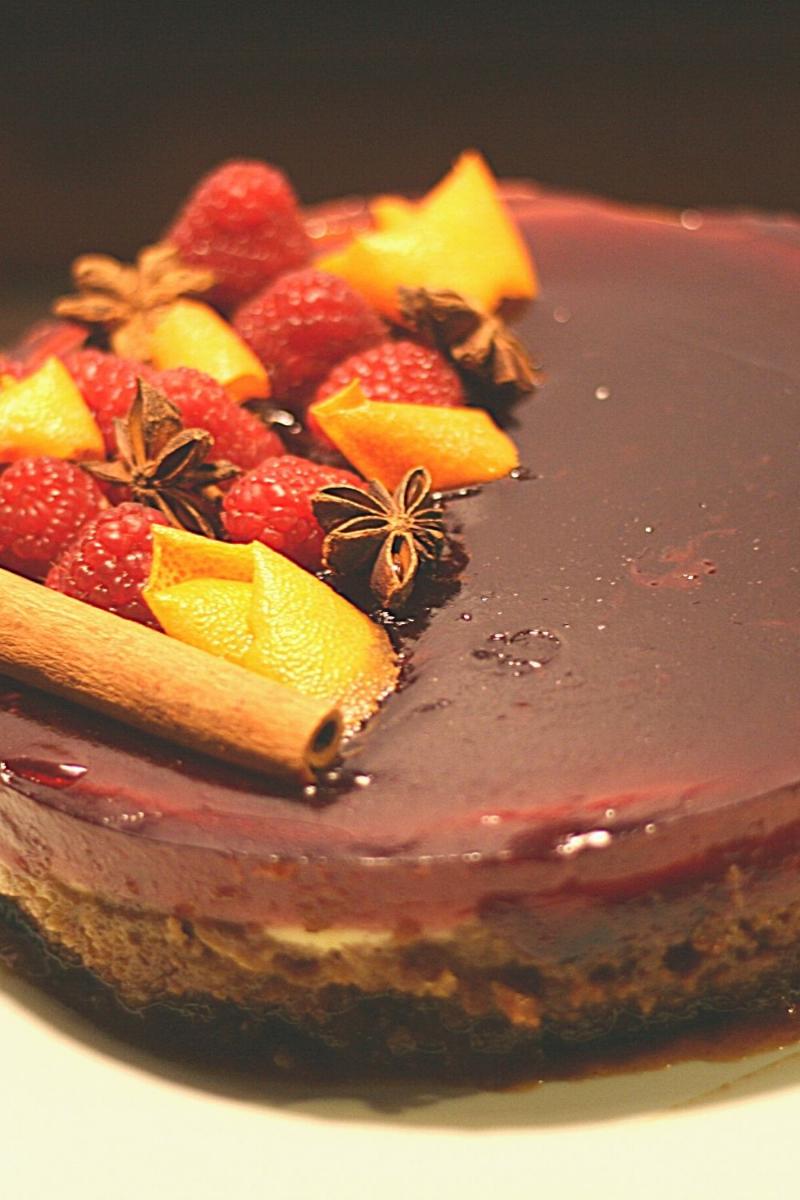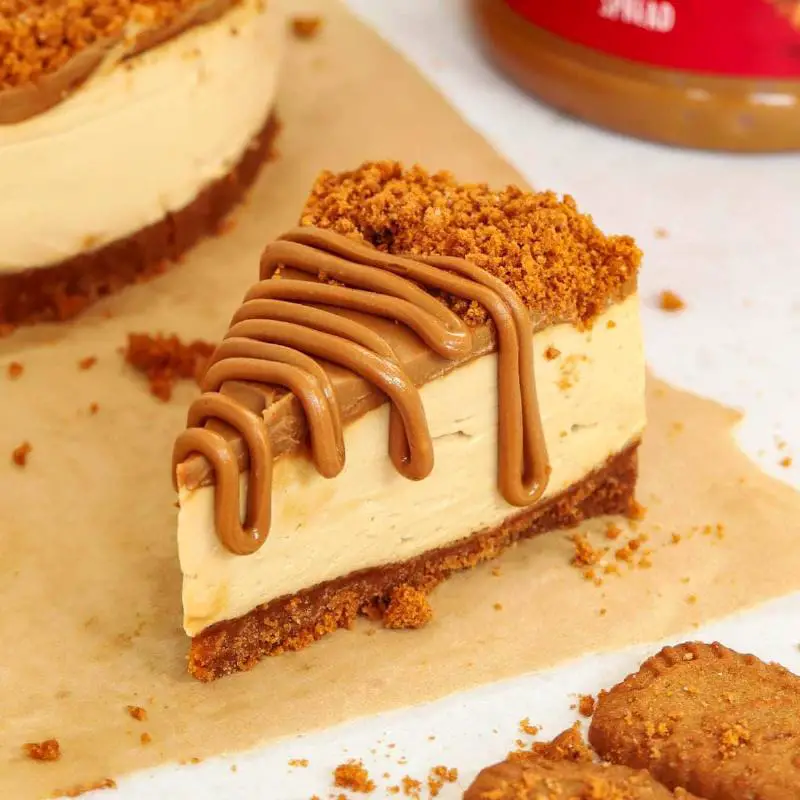A perfectly baked cheesecake is a thing of beauty: creamy, smooth, and decadent. But achieving that elusive perfect cheesecake consistency can sometimes feel like a baking mystery. Have you ever pulled a cheesecake out of the oven, only to be met with cracks, a curdled texture, or a consistency that’s more like pudding than cake? Don’t worry, you’re not alone! This guide will demystify the process and equip you with the knowledge and techniques to conquer cheesecake and achieve that dreamy, creamy texture every time.
Table Of Contents
Getting the perfect cheesecake consistency isn’t just about following a recipe; it’s about understanding the science behind it. From ingredient selection to baking techniques, each step plays a crucial role in the final result. We’ll delve into the details, exploring common pitfalls and providing expert tips to help you avoid them. By the end of this article, you’ll be a cheesecake master, ready to impress your friends and family with your baking prowess.
 Perfect Cheesecake Texture
Perfect Cheesecake Texture
Choosing the Right Ingredients for Your Cheesecake
The foundation of a great cheesecake lies in the quality of your ingredients. Using fresh, high-quality ingredients will significantly impact the final flavor and texture.
-
Cream Cheese: This is the star of the show, so choose wisely! Full-fat cream cheese is essential for a rich and creamy texture. Make sure it’s softened to room temperature before mixing to prevent lumps.
-
Eggs: Eggs act as a binding agent and contribute to the cheesecake’s structure. Use large eggs and ensure they’re at room temperature for even mixing.
-
Sugar: Granulated sugar is the standard choice, but you can experiment with other sweeteners like brown sugar or caster sugar. The amount of sugar will affect both the sweetness and the texture.
-
Base: A graham cracker crust is the classic choice, but you can also use digestive biscuits, gingersnaps, or even oreo cookies. The crust adds a contrasting texture and flavor.
 Cheesecake Ingredients
Cheesecake Ingredients
The Secret to a Smooth and Creamy Texture: Baking Techniques
Achieving the perfect cheesecake consistency is as much about technique as it is about ingredients. Here are some essential tips to guide you:
-
Room Temperature Ingredients: As mentioned earlier, bringing your ingredients to room temperature is crucial for smooth mixing and even baking. Cold ingredients can clump together, resulting in a lumpy batter.
-
Low and Slow Baking: Baking at a low temperature creates a gentle and even cooking process, preventing cracks and ensuring a smooth, creamy interior.
-
Water Bath: The water bath is a game-changer for cheesecake baking! It creates a humid environment in the oven, which helps to prevent the cheesecake from over-baking and cracking. The steam also contributes to a moist and creamy texture.
-
Don’t Overbake: Overbaking is a common culprit for dry and cracked cheesecakes. A perfectly baked cheesecake should be set around the edges but still slightly jiggly in the center. It will continue to set as it cools.
best vegan cheesecake recipes offer similar principles for achieving a creamy texture.
 Cheesecake in a Water Bath
Cheesecake in a Water Bath
Troubleshooting Common Cheesecake Problems
Even with the best intentions, cheesecake mishaps can happen. Here are some common problems and how to fix them:
-
Cracks: Cracks are often caused by rapid temperature changes or overbaking. Using a water bath and avoiding opening the oven door excessively can help prevent cracks.
-
Curdled Texture: A curdled texture can be caused by overmixing the batter or using ingredients that are too cold. Mix the batter until just combined and ensure all ingredients are at room temperature.
-
Lumpy Batter: Lumps in the batter can be due to cold ingredients or insufficient mixing. Make sure your cream cheese is softened and mix thoroughly until smooth.
 Cracked Cheesecake
Cracked Cheesecake
Advanced Techniques for the Ultimate Cheesecake
Once you’ve mastered the basics, you can explore some advanced techniques to elevate your cheesecake game.
-
Sour Cream Topping: A dollop of sour cream adds a tangy and refreshing contrast to the rich cheesecake. It also creates a beautiful, smooth finish.
-
Flavor Infusions: Get creative with flavors! Add extracts, citrus zest, chocolate swirls, or fruit purees to customize your cheesecake.
-
Decorative Crusts: Experiment with different crusts, using nuts, cookies, or pretzels for added flavor and texture. You can even create decorative patterns on the crust.
 Decorated Cheesecake
Decorated Cheesecake
Frequently Asked Questions About Cheesecake Consistency
-
How do I know when my cheesecake is done? The cheesecake should be set around the edges but still slightly jiggly in the center.
-
Can I bake a cheesecake without a water bath? Yes, but using a water bath is highly recommended for a smoother, creamier texture.
-
Why is my cheesecake so dense? A dense cheesecake might be the result of overmixing or using too much flour in the crust.
-
How do I prevent my cheesecake from cracking? Use a water bath, avoid opening the oven door during baking, and let the cheesecake cool gradually.
 Serving a Slice of Cheesecake
Serving a Slice of Cheesecake
Achieving the perfect cheesecake consistency may seem daunting, but with the right knowledge and techniques, it’s entirely within your grasp. By paying attention to ingredient quality, mastering baking techniques, and understanding the science behind the process, you can create a cheesecake that’s not only delicious but also a true work of art. So go ahead, embrace the challenge, and enjoy the sweet reward of a perfectly baked cheesecake! Don’t forget to check out our best vegan cheesecake recipes for plant-based options.
